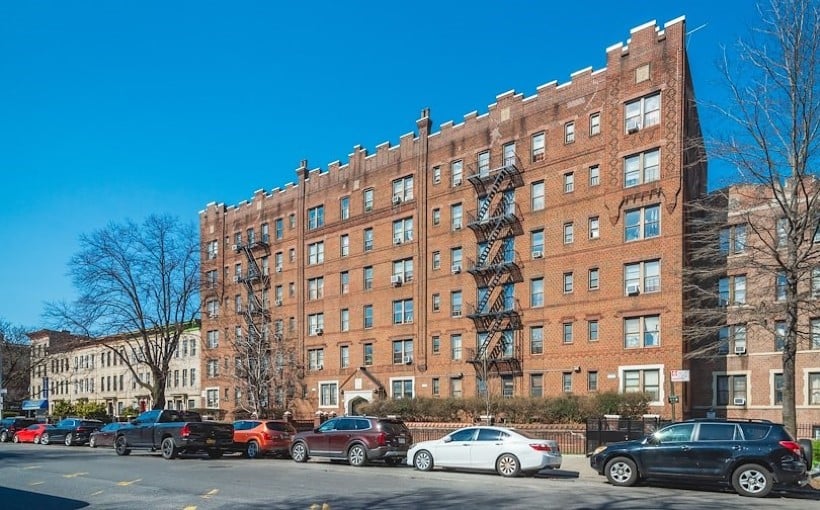The office sector has faced significant challenges in 2023 as owners and tenants navigate the post-pandemic landscape. To gain insights into what the future holds for 2024, experts from Connect CRE’s “beyond the negative office headlines” series were asked to share their predictions.
All experts agreed that hybrid work arrangements will continue to be a prominent feature in offices. Petra Durnin of Raise Commercial Real Estate believes that this model maximizes efficiency and fosters creativity and innovation. Adam Showalter of Stream Realty Partners also noted that tenants can utilize space more efficiently, with Tier 1 assets offering comparable or lower occupancy costs than Tier 2 or 3 spaces.
While hybrid work is here to stay, it does not mean employees will be working from home all the time. Aarica Mims of KDC predicts a gradual return-to-office trend as companies determine flexible schedules for employees and prioritize certain aspects of office space.
Tony Russo from Lee & Associates agrees with this sentiment, stating that there will be a resurgence in return-to-office as businesses have a clearer understanding of how they want to use office space post-pandemic. This may result in smaller yet more flexible layouts designed for collaboration, creativity, innovation, and team synergy.
This trend towards quality workspace is expected to continue into 2024 according to Mims who notes an increased demand for Class A buildings with amenities such as collaborative environments and advanced technology infrastructure.
Scott Morse from Citadel Partners adds that occupiers are prioritizing high-quality spaces with desirable amenities which means flight-to-quality trends seen in previous years will carry over into next year too.
David Martin at Terra believes attractive buildings go beyond being brand new; health-focused amenities like sustainability features coupled with hospitality-driven services are becoming key drivers when companies seek new officespace options .
Owners should take note – these trends bode well for higher-tiered properties which could see record rental rates due to high demand. Showalter notes that Tier 1 assets are currently highly occupied and will continue to be in-demand in 2024.
However, there may be a shortage of supply within this space which could lead to increased interest in older buildings. Eli Randel from CREXi predicts that the wave of office maturities could result in workarounds or trades, resetting cost bases and allowing landlords to offer more flexible lease terms.
Morse offers a word of caution for debt and equity investors as they may struggle with lower-class buildings due to difficulties attracting tenants without significant capital infusion. However, he believes this presents an opportunity for new investors who can invest at better basis points than those who bought properties five or seven years ago when rates were low.
Russo adds that seller-financed options will have an advantage since financial flexibility is favored by current market conditions. He also notes lenders taking over Chicago-area properties offering buyers opportunities through assumption or new loans – something likely to continue as a creative solution offsetting higher interest rates associated with the office sector.
Showalter agrees on alternative sources filling any financing gaps: “I expect private capital and high-net-worth individuals entering the market for Tier 1 assets across all major markets regardless if debt markets thaw out by 2024-25.”
In summary, experts agree that while challenges remain within the office sector it is not all doom-and-gloom; occupiers are adapting successfully through hybrid work arrangements while some conversions from offices into other uses such as residential spaces might occur too . Randel concludes: “We don’t anticipate full recovery but upward momentum towards normalcy.”




